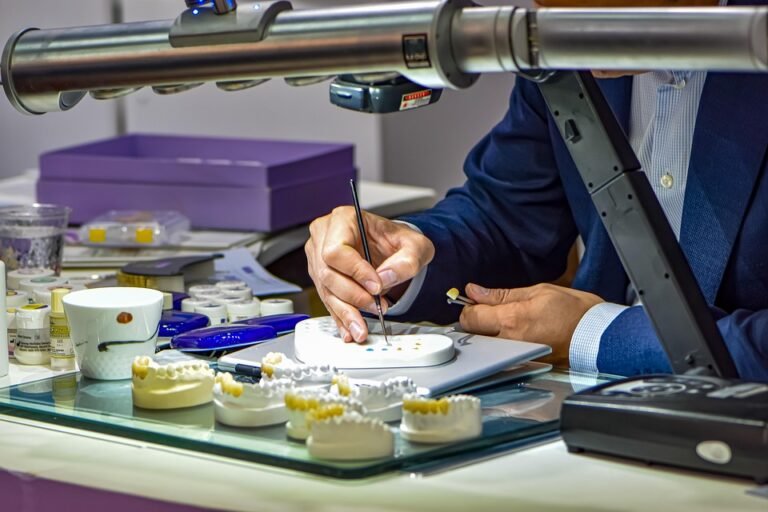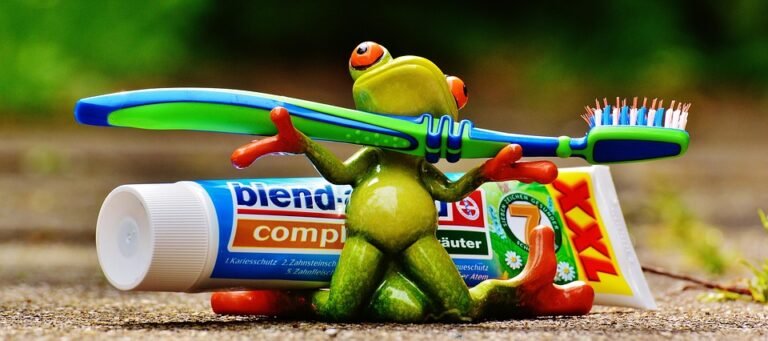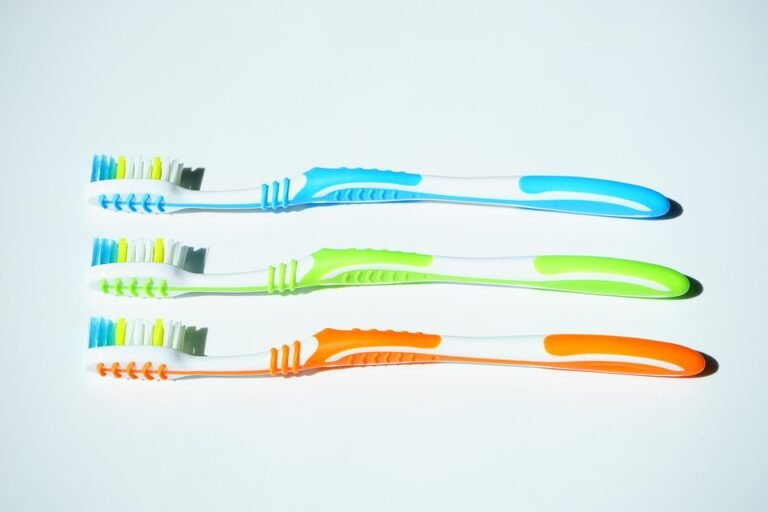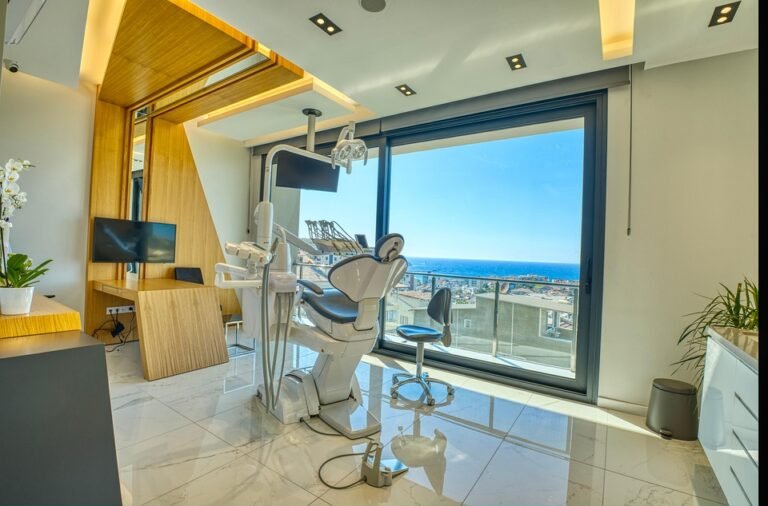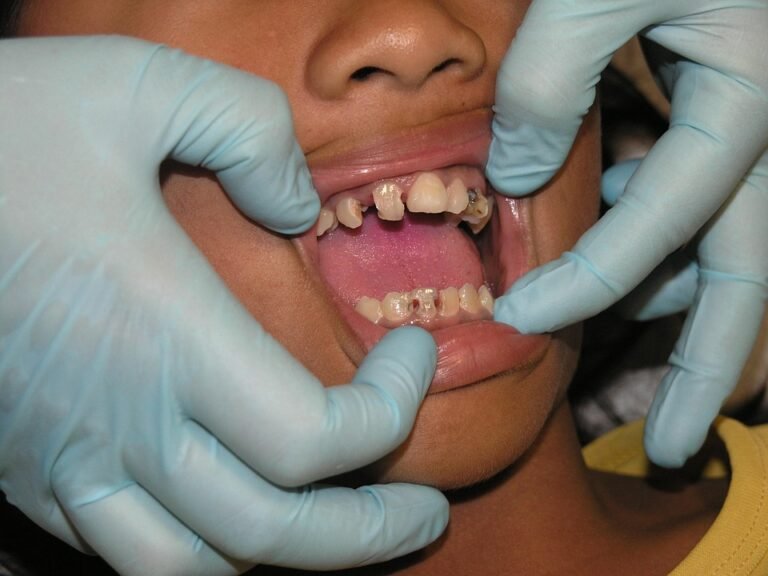How much does 3D modeling cost in dentistry
I’m a dentist looking to incorporate more digital workflows into my practice, particularly for things like crowns, bridges, and implants. I keep hearing about the benefits of 3D modeling, but I’m having a hard time figuring out the actual cost.
Specifically, I’m wondering about a few different scenarios:
-
Outsourcing: If I send my intraoral scans to a dental lab for them to design the restoration, what’s a typical price range for that design work? Is it a flat fee per case, or does it vary by complexity? What about if I also need them to 3D print the model?
-
In-house: What if I wanted to bring 3D modeling in-house? What are the upfront costs for the necessary software (e.g., exocad, 3Shape Dental Designer) and hardware? Are there subscription fees? What kind of computer specs are required to run the software smoothly? And what about the cost of training myself and/or my staff?
-
Different Types of Restorations: Does the cost vary significantly based on the type of restoration? For example, are crowns cheaper to model than bridges, or implants more expensive than either of those?
- Materials: Does the modeling cost include the price of the material needed to 3D print the model, or is that separate?
I’d really appreciate any insights from dentists or dental technicians who have experience with this. Any ballpark figures or resources would be super helpful!
Answer
The cost of 3D modeling in dentistry varies greatly depending on several factors. These factors include the complexity of the model, the software used, the experience level of the technician or dentist performing the modeling, and whether the modeling is outsourced or done in-house. It is difficult to provide a precise figure without knowing the specifics of the case. However, I can provide a detailed breakdown of the cost factors and estimated price ranges.
Factors Influencing the Cost:
-
Type of Restoration/Appliance: Different dental applications have different complexities, directly influencing modeling time and cost. Examples include:
- Crowns and Bridges: These are among the most common applications of dental 3D modeling. The cost varies depending on the number of units, the material (e.g., zirconia, porcelain fused to metal), and the complexity of the preparation.
- Implant Planning and Surgical Guides: Implant planning often involves modeling the patient’s jawbone based on CBCT scans and designing the implant placement virtually. Surgical guides are then designed based on this model to aid in accurate implant placement. This is usually more costly because it requires specialized software and expertise.
- Orthodontic Aligners: Modeling for clear aligners involves creating a series of models representing incremental tooth movements. The number of aligners required (and therefore the number of models) will impact the price.
- Dentures and Partial Dentures: Designing dentures, especially complete dentures, can be complex and requires careful attention to detail for proper fit and function.
- Splints and Night Guards: These are relatively simpler to model compared to restorations but still require precise adaptation to the patient’s dentition.
- Custom Abutments: Abutments are connectors that link the implant to the final restoration. Custom abutments require modeling to ensure optimal emergence profile and esthetics.
- Software Used: The software used for 3D modeling plays a significant role in the price.
- Proprietary CAD/CAM Software: Dental-specific CAD/CAM software (e.g., Exocad, 3Shape Dental System, CEREC software) often requires a substantial initial investment and annual licensing fees. These systems are typically very powerful and offer a wide range of features, but the cost is higher.
- Open-Source or General-Purpose 3D Modeling Software: While some dentists might experiment with open-source or general-purpose 3D modeling software, these often lack the specific tools and libraries needed for accurate and efficient dental modeling. The software cost might be lower, but the learning curve and time investment could be higher.
- Subscription-Based Services: Some companies offer subscription-based 3D modeling services, where you pay a monthly or per-case fee to access their software and modeling expertise.
- In-House vs. Outsourcing:
- In-House: If the dentist or a trained technician performs the 3D modeling in the dental office, the costs include the initial investment in software and equipment (e.g., intraoral scanner), training, and the technician’s salary or the dentist’s time. While the upfront costs can be significant, in-house modeling can offer greater control over the design process and potentially lower per-case costs in the long run, especially for high-volume practices.
- Outsourcing to a Dental Lab: Outsourcing the 3D modeling to a dental lab is a common practice. The lab charges a fee per case, which covers their software, equipment, and technician costs. This can be a more cost-effective option for practices that do not have the resources or expertise to perform in-house modeling.
- Complexity of the Case: Cases with complex anatomy, such as those involving multiple missing teeth, severe malocclusion, or significant bone loss, require more time and skill to model accurately, increasing the cost.
- Experience and Skill of the Technician/Dentist: A more experienced technician or dentist can typically create more accurate and efficient models, potentially reducing errors and rework. Their services may command a higher price.
- Geographic Location: Prices for dental 3D modeling can vary depending on the geographic location, reflecting differences in labor costs, overhead expenses, and market demand.
- Turnaround Time: Expedited turnaround times may incur additional charges.
Estimated Price Ranges (Please note that these are broad estimates and can vary):
- Crowns and Bridges:
- Outsourced: \$50 – \$200 per unit (modeling fee only, excluding material and manufacturing costs)
- In-House: Cost depends on software licensing, equipment depreciation, and technician time. Can be lower per unit for high volume practices.
- Implant Planning and Surgical Guides:
- Outsourced: \$200 – \$800 (depending on the number of implants and complexity)
- In-House: Significant initial investment in software and training required.
- Orthodontic Aligners:
- Modeling fee from aligner company: Varies significantly depending on the aligner system and number of aligners. Typically included in the overall cost of aligner treatment.
- In-House (if applicable): Requires specialized software and expertise.
- Dentures and Partial Dentures:
- Outsourced: \$150 – \$500 (depending on complexity and whether it’s a complete or partial denture)
- Splints and Night Guards:
- Outsourced: \$50 – \$150
- Custom Abutments:
- Outsourced: \$100 – \$300
Additional Considerations:
- Scanning Costs: If an intraoral scanner is used, the cost of the scan (either a per-scan fee or amortization of the scanner cost) should be factored in.
- Material Costs: These estimates primarily cover the cost of 3D modeling itself. The cost of the material used to fabricate the final restoration or appliance (e.g., zirconia, PMMA, resin) is separate.
- Manufacturing Costs: The cost of milling or 3D printing the final restoration or appliance is also separate.
- Software Updates and Training: Ongoing costs for software updates, maintenance, and training should be considered, especially for in-house operations.
In conclusion, accurately determining the cost requires a thorough understanding of the specific case, the chosen workflow, and the associated expenses. Obtain quotes from several dental labs or software providers to get a better estimate for your specific needs. If you plan to do in-house modeling, carefully assess the initial investment, ongoing costs, and training requirements.

